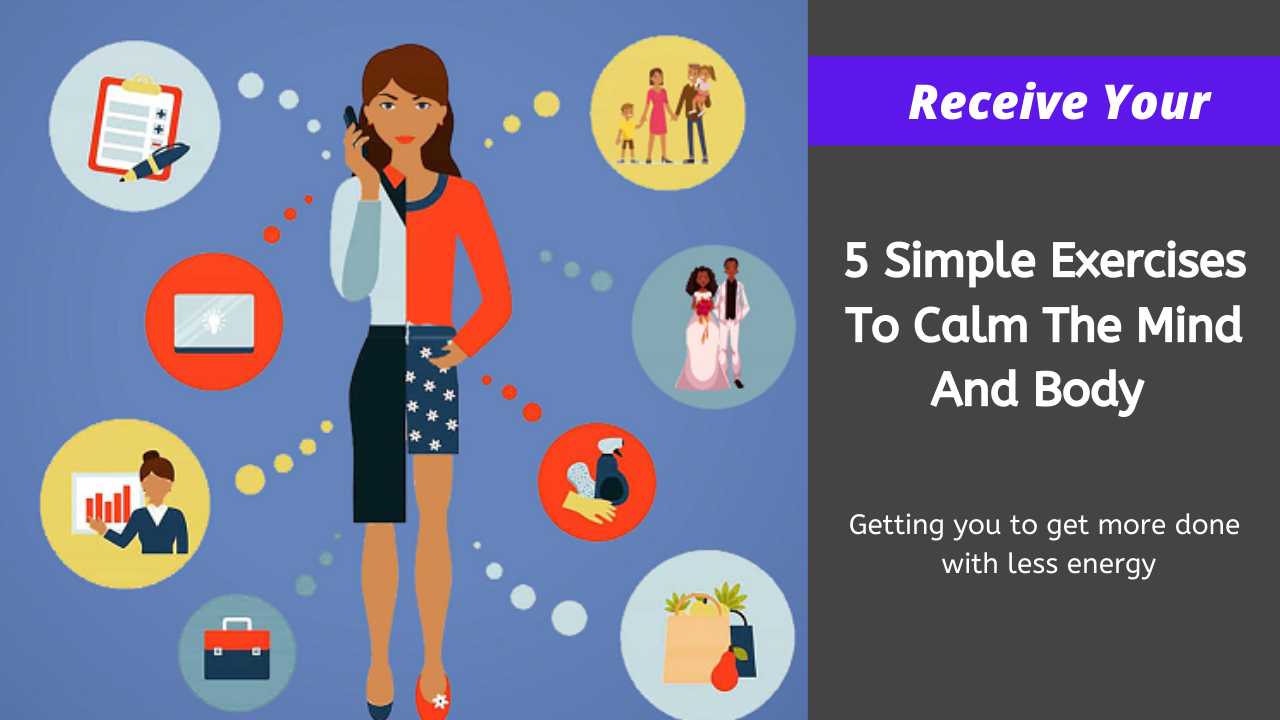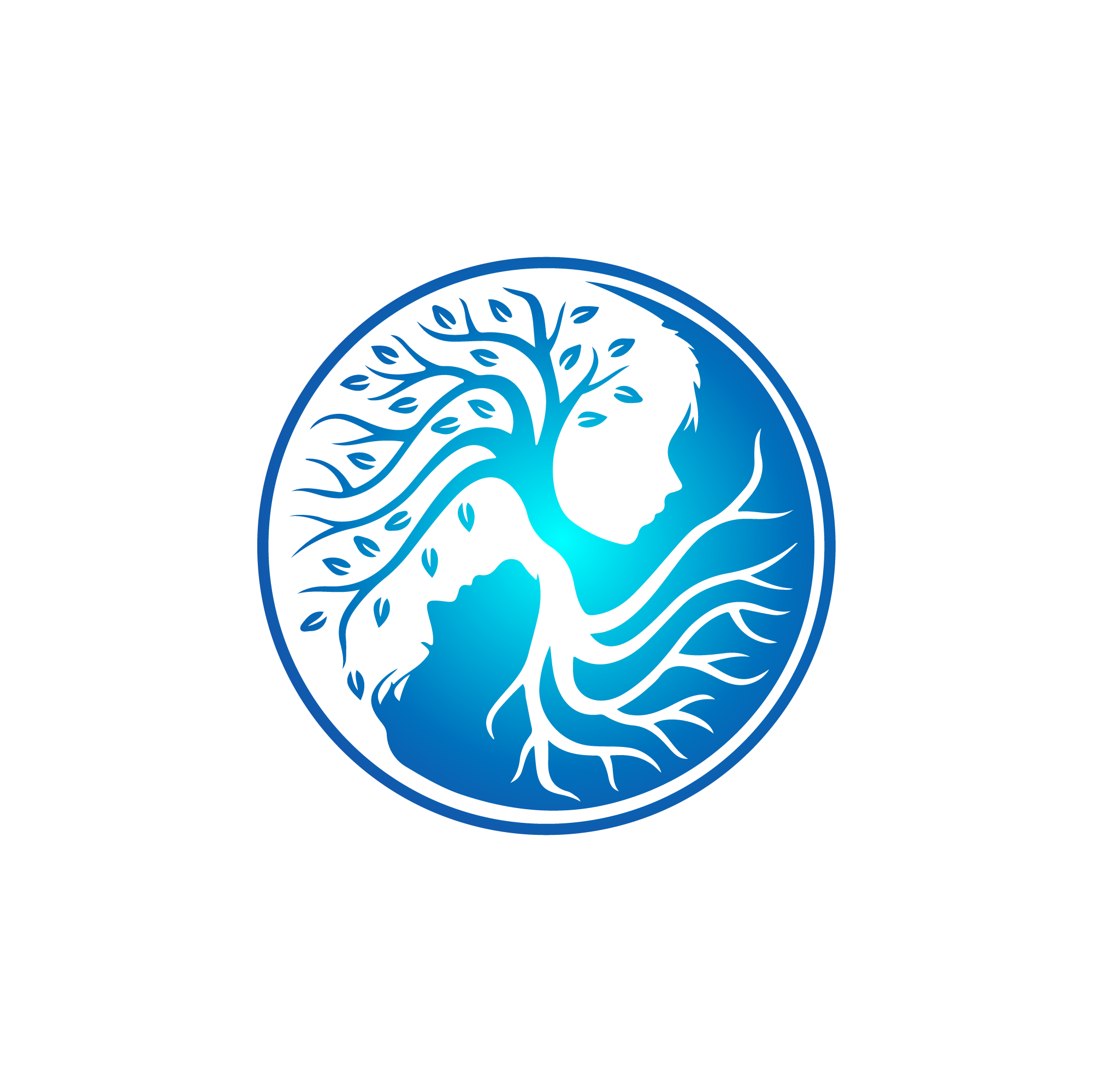What’s up? Patrick Lerouge here from Evolve Restorative Therapy. You can find me at livepainfreeprocess.com. I’m an intuitive healing expert, and I have a pain-free concierge practice which is based off of my Live Pain-Free Process. The Live Pain-Free Process gives you a step-by-step process to eliminate pain physically, clarifies your mindset, and balances out your emotional state. A lot of people love it because it easily helps person live and move pain-free, but athletes are seeing that it optimizes their athletic performance. Actually, this is the month of March, and we’re going to be dealing with knee pain, but this week I want to teach about the first step of the live pain free process. We’re going to take apart the first step, which is exploring positive feelings as the first step in getting your body to actually heal for the long term. What the pain-free process is different because there are tools out there that teach you how to do certain things, like you could take courses on foam rolling, trigger point, and stretching. You could take courses on all these different things to do something to your body where it’s an external process. The pain-free process is all about learning to look within and dealing with your own issues, to helping you perform optimally on all levels, physically, mentally, and emotionally.
A lot of people say, “Yeah, I’m supposed to do my self-care, I’m supposed want to do my self-care,” and they’re hesitant to do it. There’s a restriction; they resist it. By understanding the Live Pain-Free Process, you understand why you’re supposed to do it, so that resistance becomes a lot less, because you’re doing things based on the why rather than the “you should be” doing this.
It’s like, “All right. This is why my body is not functioning properly, and this is why I have to get going.” That’s always going to propel you that much further, and it teaches you to look within and see what’s happening with your limiting beliefs, what’s happening within your mind, what’s happening within all those things. That’s why it works so well.
The very first step is exploring positive feelings. Exploring positive feelings is all about getting you to understand that the body talks to you in more sensations than just pain. We’re in a society driven by looking at pain, worries, and negative aspects because it’s hardwired into ourselves. It’s our custom; it’s nature. We look at the world as if it’s going to eat us because one upon a time, we were at the bottom of the food chain. We had to look for something wrong so we could stay alive. It’s not like that anymore, but we’re only quantifying our body by saying, “I hurt here, this bothers me, this is not right, I’m sore here, I can’t move this way,” and so much more. If you keep looking in that negative way (I’m calling it negative so we can give you the balance), your body’s always going to give you what you seek.
So the first step, exploring positive feelings, noticing there’s other sensations inside the body that your body gives you consistently. If you start looking for those sensations on a regular basis, your body will start giving you what you seek. Now, you look at your body beginning to feel lighter. You’re going to start feeling more blood flow. You’re going to start feeling fluid with your movements. You’re going to feel pliable. You’re going to have all these different things going on in here because you’re looking at it, and you’re seeing that it’s already there. Your body’s going to start performing better because that is what you are looking for.
When a client comes in, we go grab the pain free manual, and we literally go through and say, “Oh, exploring positive feelings.” It’s all about seeing the body as speaking to you as more than just pain.
Then, we go through a treatment, and we bounce back and forth about what you used to feel versus what you feel now. That’s the first structural aspect behind exploring positive feelings; you have to understand, you have to start tracking yourself consistently. You have to see where you began and where you end, and the more times you do that, you start to give yourself a point of reference. You start realizing what’s working and what’s not. If something’s not working, don’t do it.
Then you have to understand that you’re doing the core three, in a way that’s not just “I need a foam roll,” or, “I have to do fascial tissue work.” If you’re smart, you’re going to do things in slow learning manner to learn to communicate with your body, but if you don’t see the tracking mechanism, you’re never going to see if it’s working or not.
You’re doing the core three to learn about your body, to communicate with your body, which then you’re seeing what your body is doing afterwards. You’re learning how to communicate with your body. That’s a key component—you have to do your core three in a learning manner. You have to start learning how to describe what your body’s talking about. You have to learn how to communicate. You have to see that your body is talking to you in ways other than pain.
When you do feel that, acknowledge it. Say, “Wait, this is starting to get a lot more pliable. This is a lot better movement pattern. I can squat better; I can run faster. And it feels so springy!” All these things need to come out of your mouth verbally, so you can hear it and your body can recognize it. Then, it’s going to start looking for it.
If you start looking for a springy area within your body, it’s going to be contagious; it’s going to start adding more positive sensations everywhere. That is the concept behind exploring positive feelings, and that’s what I want you to start doing within the first step of the pain-free process. That is looking inward, and now you’re taking it outward.
If you guys have any questions about this, hopefully I answered a lot about the Live Pain-Free Process within the first step. There’s five of them. Give me a holler, give me an email, you know, hit me up. And if you need more help, go to the pain-free zone. There are a lot of videos there that can help you, as well as get the Forty Ways List on the living pain-free. It’s a cute PDF that gives you forty different ways to eliminate your pain.
Until next time, folks. Bye.
Get a free PDF on 40 natural ways to eliminate pain go to:
http://www.livepainfreeprocess.com
For other pain relief videos go to:
http://www.evolvert.com/wp/pain-free-zone/
For a complete injury prevention system go to:
http://www.diyrestorativeplan.com/diy-restorative-plan/


